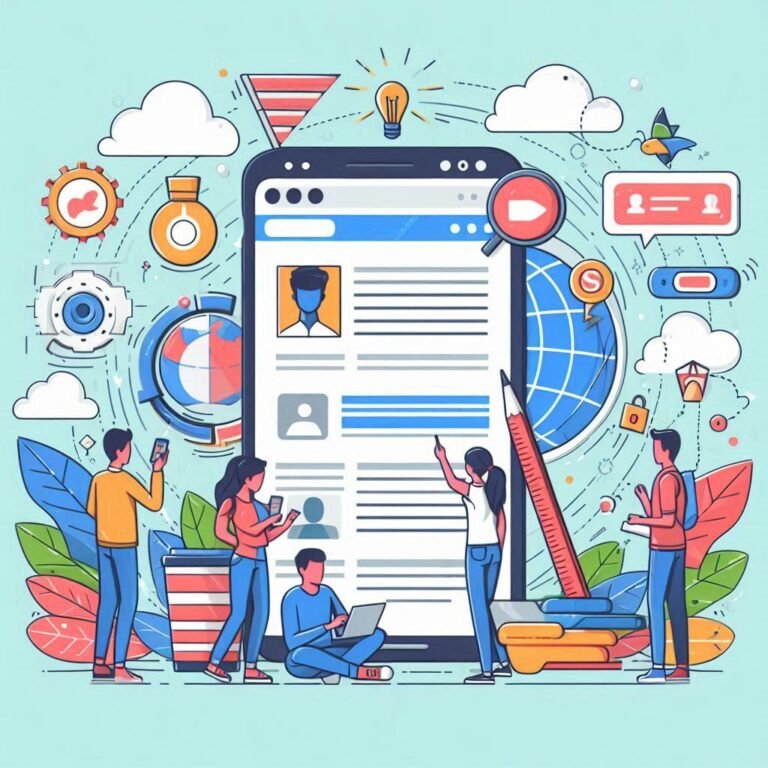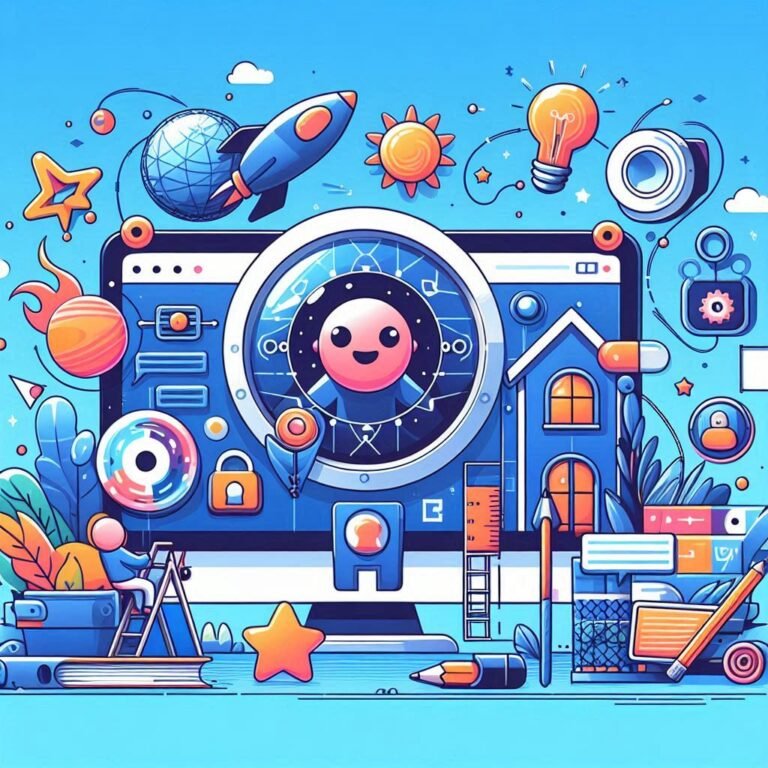What Should You Expect When Hiring a Web Design Professional?
A business website serves as the digital face of any modern brand. Yet designing an effective, high-converting website involves far more than just visual appeal. To succeed online requires a harmonious blend between visual design, user-centered experience optimization, content quality and technical competency.
But what should you realistically expect when partnering with a web design pro? While skills and specialties vary between designers, here are 12 core elements all web creators should exhibit and provide clients.
#1: A Methodical Strategy Driving Designs
Effective web designers don’t just open Photoshop and start building pretty homepage layouts based on loose ideas or broad directives. They instead formulate an informed game plan for bringing strategic ideas to life digitally, aligned to business goals and priorities. Expect your designer to research, analyze and plan website objectives, user flows, architectures and functionalities before visual concepts.
#2: Data-Backed Design Decisions
Seasoned designers don’t rely exclusively on subjective creative preferences when designing. They instead leverage hard data, research insights and metrics to guide decision-making. Expect them to pull statistics on color performance, page layout effectiveness, stylistic credibility perceptions and conversion optimization averages to inform website designs catered to your niche.
#3: Responsiveness and Mobile-First Mindsets
With over 60% of all web traffic now stemming from mobile devices, responsive mobile-friendly websites are mandatory, not optional. Any competent designer you hire better demonstrate awareness of modern responsive design techniques, mobile browsing behaviors, size constraints and load speed optimization. If not, keep searching!
#4: Obsession Over User Experience (UX)
While striking visuals attract the eye, optimizing the underlying UX is what retains visitor attention and boosts conversions. From intuitive navigation flows to seamless calls-to-action, expect designers to fixate on website usability, findability and understandability through information architecture, interaction optimizations and visitor behavior analysis.
#5: Technical Proficiency
Designing visually stunning websites doesn’t guarantee the underlying codebase and infrastructure will cooperate! Ensure any designer shows ample technical competency working within modern frameworks, platforms and content management systems critical for sustainable functionality. If you sense reluctance getting hands dirty in code or analyzing site speed diagnostics, beware!
#6: Collaborative Communication Habits
Designing websites without ongoing client collaboration typically ends poorly. Make sure your designer invites open communication through status reports, previews for feedback and transparency showing work-in-progress iterations before finishing. If they seem fixated on retaining rigid creative control or isolation, trouble may brew.
#7: Practical Designs Respecting Brand Values
While radical flashy designs garner short-term attention, staying power requires aligning to brand heritage and target audience expectations stylistically. Reputable designers propose concepts respecting established aesthetic cues, tone, heritage and meanings instead of inserting arbitrary personal stylistic preferences misaligned to branding objectives.
#8: Strategy Guiding Copywriting
While visuals dominate attention, written copy still hugely impacts conversions and SEO. Expect designers to guide and collaborate with copywriters to produce optimized content meeting web best practices. If they handle copy haphazardly as mere placeholder filler text, be cautious.
#9: Eye for Detail
Meticulous obsessive attention over subtle details separates good from great website work. The best designers fixate on barely visible elements viewers may never explicitly notice but subconsciously register, like spacing consistency, image compression artifacts, grid alignment and other nuances that cumulatively build trust.
#10: Testing and Optimization Mindsets
Releasing websites then walking away means lost revenue. Seasoned professionals instead plan for ongoing testing and optimization after launching to further boost effectiveness. Make sure designers discuss A/B testing, analytics tracking, heat map integration and refining sites based on real user data.
#11: Adherence to Timelines and Milestones
While creative work resists overly rigid deadlines, designers should still provide reasonable project roadmaps and milestone markers to scope efforts realistically. Ensure whoever you hire can adhere to approximate timelines based on clear deliverable expectations to avoid open-ended long-running projects spiraling out of control.
#12: Ongoing Support Post-Launch
Even after completing website projects, reputable agencies provide some level of continuing support, maintenance and incremental optimizations moving forward rather than severing ties completely. Except your designer to discuss post-launch plans like hosting assistance, content help and continued evolution rather than just “final payment means the end.”
While no designer excels equally across all areas, look for solid competencies in each above. Just make sure unrealistic superhero expectations don’t cloud evaluating professionals fairly to find the right fit.






